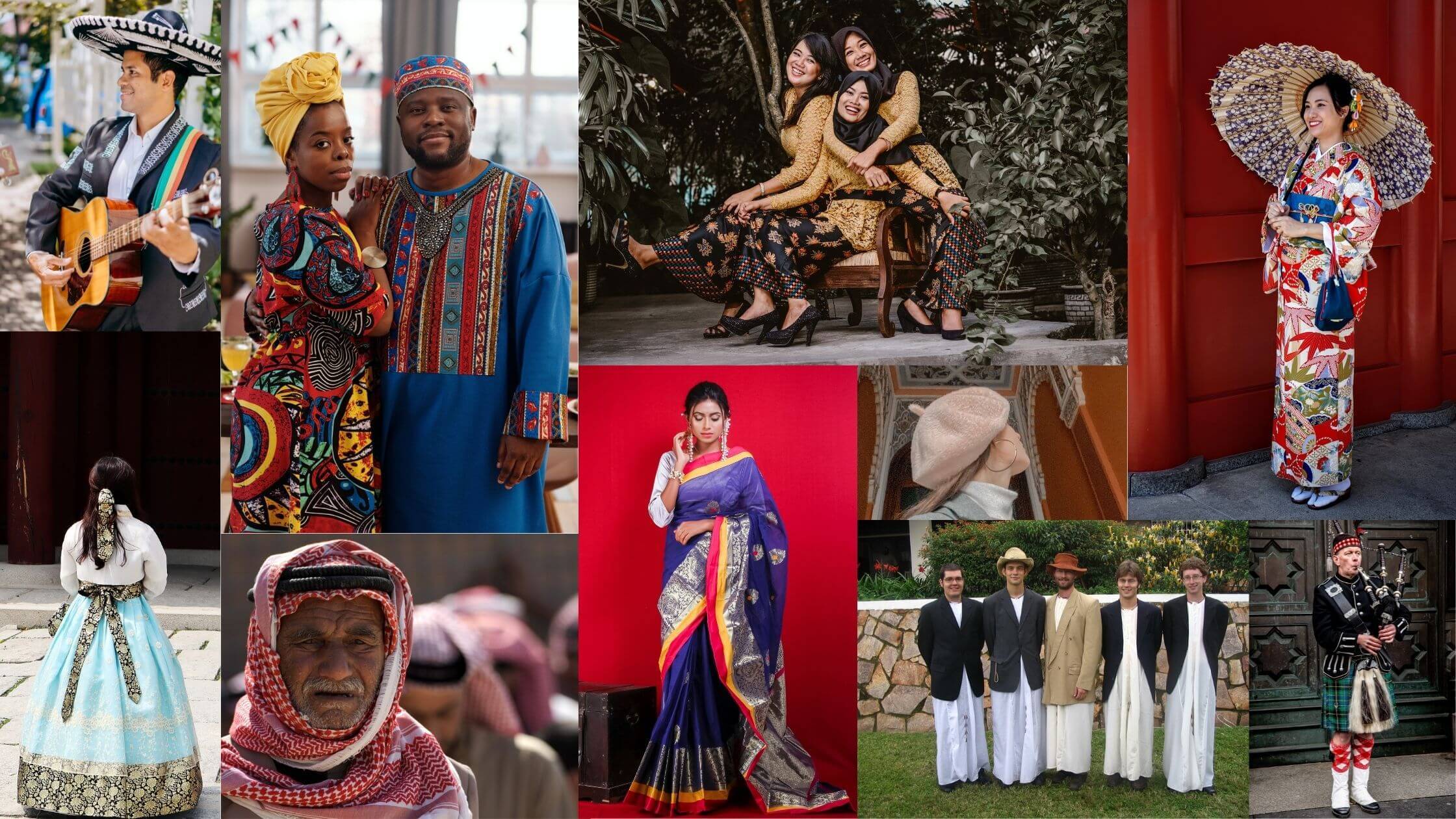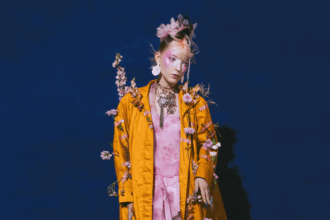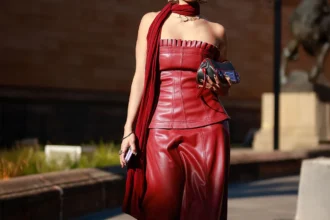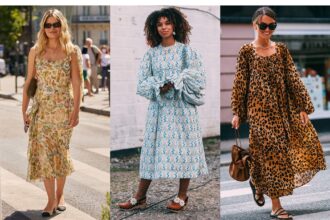Introduction to cultural fashion and its significance
Cultural fashion is more than just clothing; it’s a vibrant tapestry woven from the threads of history, identity, and tradition. Each garment tells a story, reflecting the values and heritage of its origins. As we navigate our fast-paced global society, these traditional styles serve as anchors to our roots while also evolving in contemporary contexts.
In recent years, there has been an exciting resurgence in celebrating cultural heritage through fashion. Designers are increasingly drawing inspiration from various cultures around the world, infusing their collections with rich histories and unique aesthetics. This growing trend not only highlights the beauty of diverse traditions but also sparks important conversations about respect and representation within the industry.
As we explore this intersection between fashion and culture, join us on a journey that honors age-old customs while embracing modern interpretations. Let’s delve into how traditional clothing shapes today’s style landscape!
Traditional clothing styles from different countries and cultures
Traditional clothing styles reflect the rich tapestry of global cultures. Each piece tells a story, revealing insights into history and identity.
In Japan, the kimono is an art form defined by intricate patterns and vibrant colors. Its graceful lines embody elegance and tradition.
India showcases a variety of styles with the saree, which drapes beautifully around the body. This timeless garment varies in fabric, design, and draping techniques across regions.
Meanwhile, Scotland celebrates its heritage through tartan kilts that symbolize clan identities. The bold patterns evoke pride and belonging.
African cultures offer an array of colorful attire like dashikis or kente cloths that incorporate meaningful symbols. These garments are often used during celebrations to honor ancestry.
From each corner of the world, traditional wear connects individuals to their roots while inspiring modern fashion trends today.
The impact of globalization on cultural fashion
Globalization has reshaped the landscape of cultural fashion, weaving together diverse styles from around the world. As borders blur, traditional garments find their way into mainstream wardrobes with surprising ease.
This exchange has led to an appreciation for unique fabrics and patterns that tell stories of heritage. People are increasingly drawn to pieces that embody cultural narratives, reflecting a desire for authenticity in an era of fast fashion.
However, this fusion can be a double-edged sword. While it promotes understanding and celebration of various cultures, it risks diluting original meanings behind traditional attire.
Fashion brands often draw inspiration from global influences but may overlook the significance embedded within these designs. This calls for a greater responsibility towards ethical sourcing and representation in order to honor those traditions properly while embracing modern interpretations.
The rise of cultural appropriation in the fashion industry
Cultural appropriation has become a hot topic in today’s fashion industry. Designers often borrow elements from various cultures without understanding their significance. This practice can lead to misrepresentation and disrespect.
Many traditional garments carry deep meaning and history. When they are transformed into mere trends, the essence of these styles is lost. This commodification raises ethical concerns among communities whose heritage is being used as inspiration.
Social media plays a significant role in amplifying this issue. Public backlash against brands that fail to honor cultural origins has grown stronger, prompting discussions about respect and authenticity.
Moreover, the line between appreciation and appropriation can sometimes blur. It challenges designers to reflect on their motivations when incorporating diverse influences into their collections. Engaging with cultures responsibly requires dialogue and collaboration rather than exploitation for profit.
How designers are incorporating traditional styles into modern fashion
Designers today are increasingly weaving traditional styles into contemporary fashion. This fusion creates a vibrant tapestry that respects heritage while appealing to modern aesthetics.
Textiles from indigenous communities, like intricate ikats or handwoven fabrics, find new life in sleek silhouettes. These pieces often bridge the gap between past and present, creating a dialogue across generations.
Color palettes inspired by cultural rituals add depth to minimalist designs. Graphic patterns rooted in history can transform even the simplest garment into wearable art.
Collaboration with artisans plays a crucial role too. By partnering with local craftspeople, designers ensure authenticity while empowering communities economically.
Streetwear is also embracing elements of cultural dress—think kimonos paired with sneakers or saris styled as casual wear. This blend showcases versatility and invites broader appreciation for global influences within fashion narratives.
The importance of ethical and respectful representation in cultural fashion
Ethical representation in cultural fashion is crucial. It goes beyond aesthetics; it’s about honoring the stories and histories behind traditional garments.
When designers draw inspiration from cultural heritage, they must do so with respect. This means understanding and acknowledging the origins of these styles rather than simply borrowing them for trendy looks.
Respectful representation involves collaboration with artisans or communities. By doing so, designers can ensure that they are preserving the integrity of these traditions while also providing fair compensation to those who create them.
Moreover, ethical practices foster a deeper connection between cultures. They allow consumers to appreciate not just the beauty but also the significance embedded within each piece of clothing.
In an increasingly globalized world, fostering respectful dialogues through fashion helps bridge gaps between different cultures while celebrating their uniqueness.
Celebrating diversity through cultural fashion
Cultural fashion is a vibrant tapestry woven from the threads of diverse traditions. Each piece tells a unique story, reflecting the heritage and identity of its origin.
When we embrace these styles, we celebrate not just clothing but the rich narratives behind them. From intricate patterns to bold colors, cultural attire showcases creativity in ways that resonate globally.
Fashion serves as a bridge connecting cultures. It fosters understanding and appreciation among people from different backgrounds. Wearing traditional garments with respect can spark conversations about history and significance.
Events like multicultural festivals highlight this diversity beautifully, encouraging everyone to explore various styles while honoring their roots. Designers are increasingly inspired by global influences, creating collections that pay homage to cultural heritage without losing modern appeal.
By integrating these elements into everyday wardrobes, individuals can champion inclusivity and gratitude for all cultures’ contributions to fashion’s evolving landscape.
Embracing and honoring traditional styles in a modern world
Embracing and honoring traditional styles in a modern world is essential for preserving cultural heritage while allowing it to evolve. Each garment tells a story. It represents the history, values, and artistry of its origin.
As we navigate today’s globalized society, blending these traditional elements with contemporary design becomes an exciting journey. It invites creativity and fosters appreciation across cultures. Designers play a crucial role here; they can spotlight craftsmanship or choose sustainable practices that respect traditions.
By wearing culturally inspired pieces, individuals spark conversations about their origins. This engagement promotes understanding and celebrates diversity within fashion. The key lies in approaching cultural fashion with curiosity rather than appropriation.
Honoring these styles means recognizing their significance beyond aesthetics. It’s about giving credit where it’s due while ensuring that artisans receive recognition for their work.
Through thoughtful integration of cultural heritage in fashion, we create connections that transcend borders—celebrating not just what makes us unique but also what brings us together as a global community through style.










